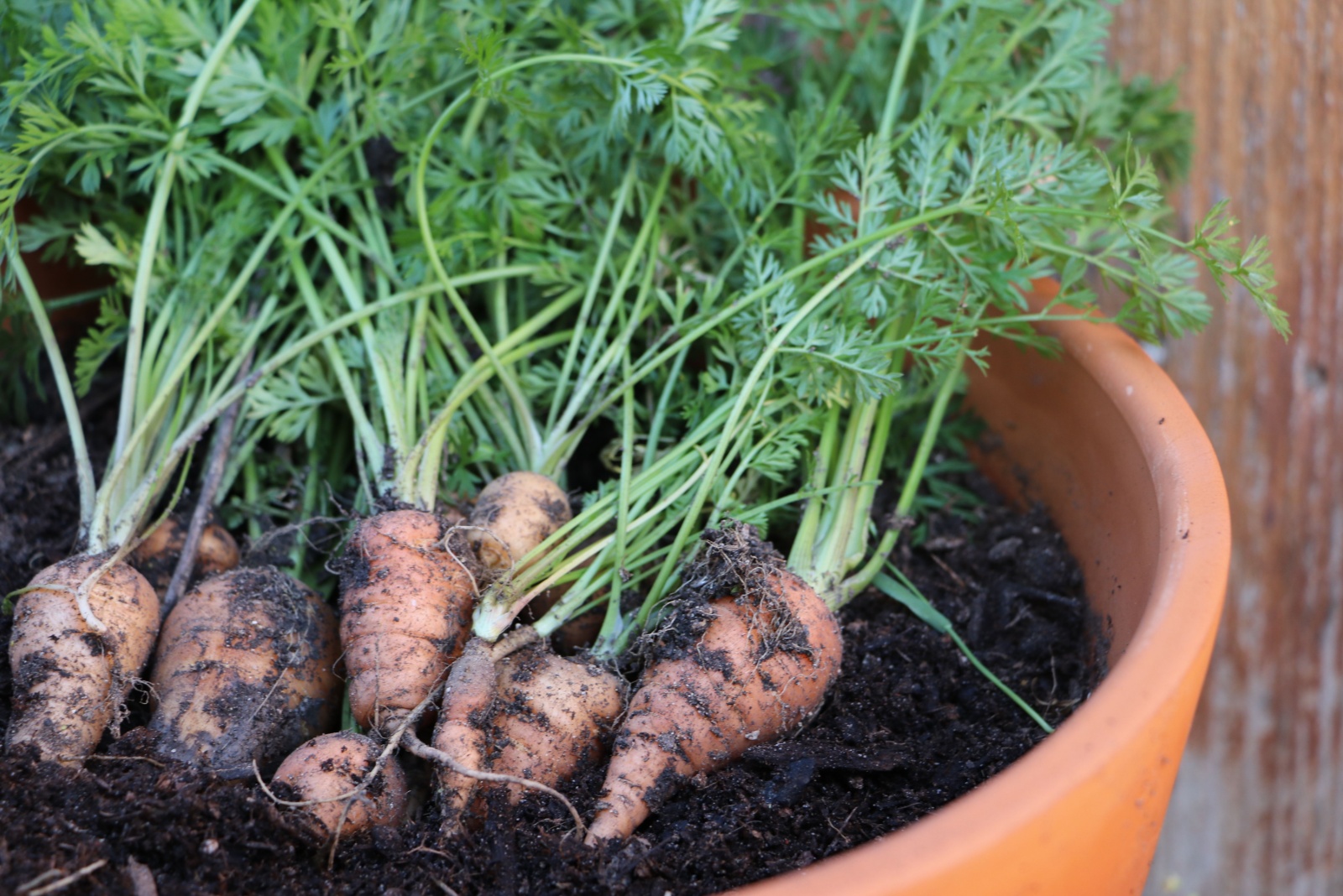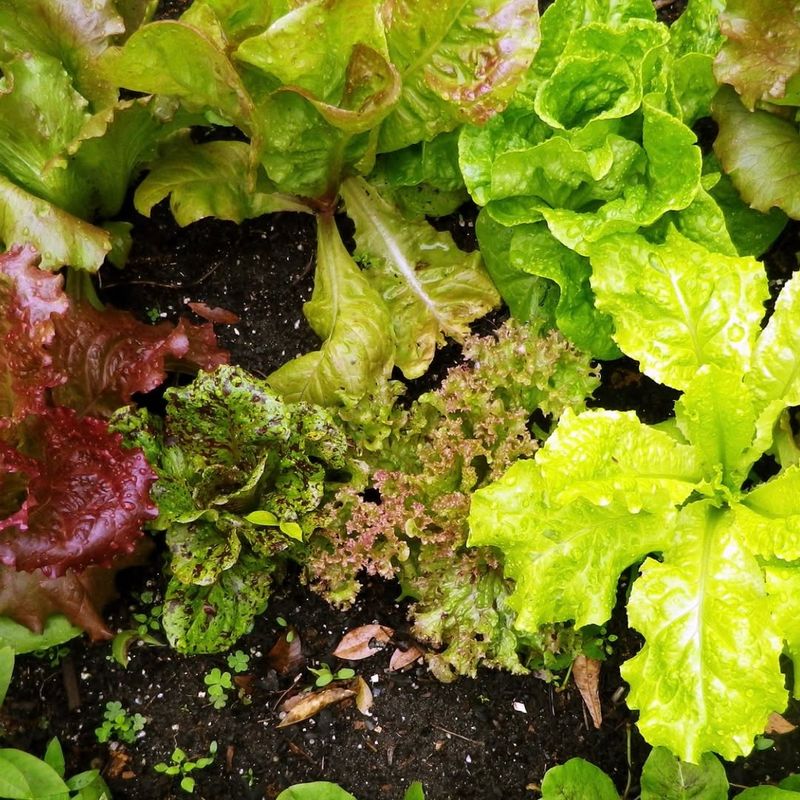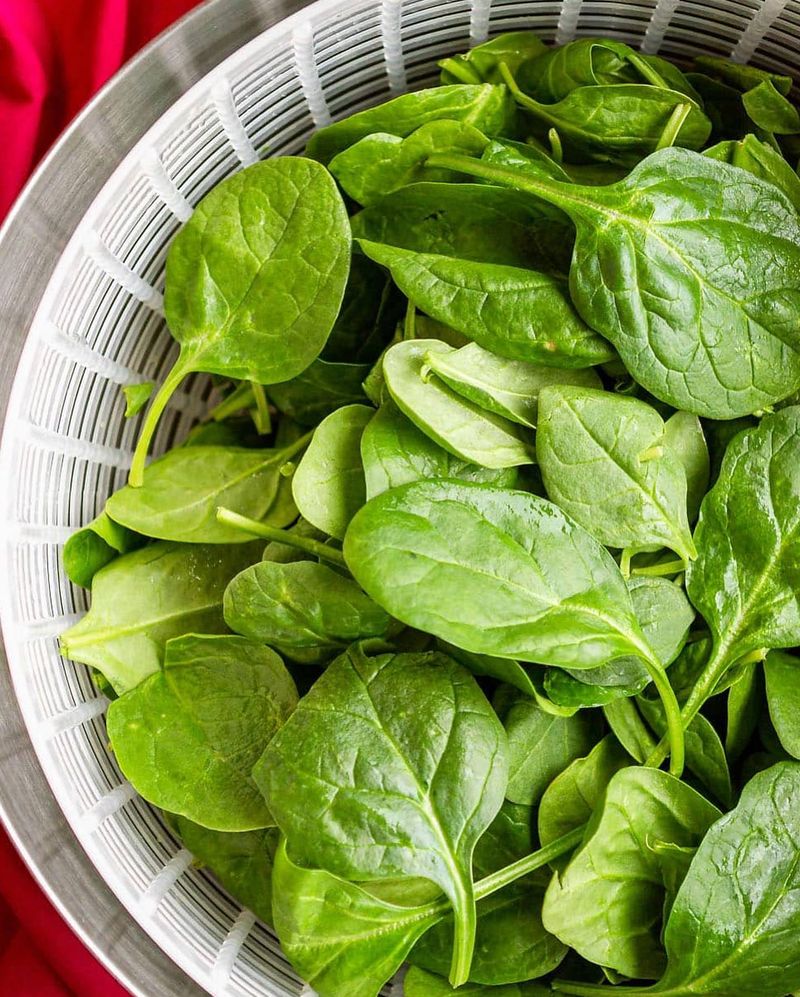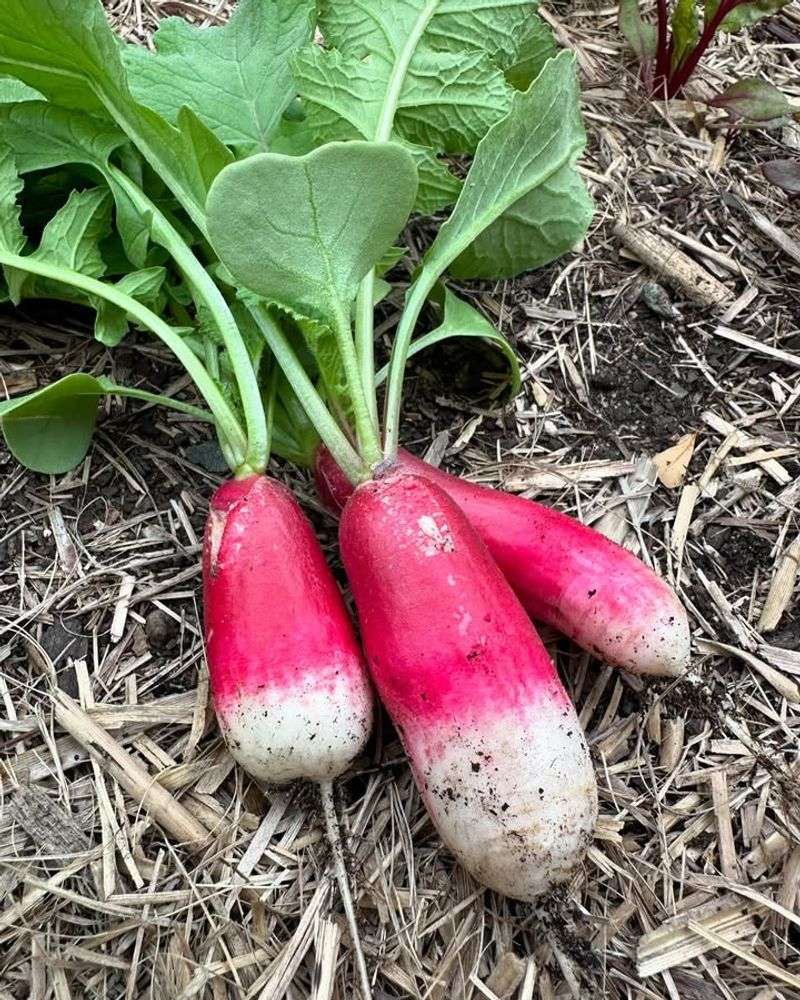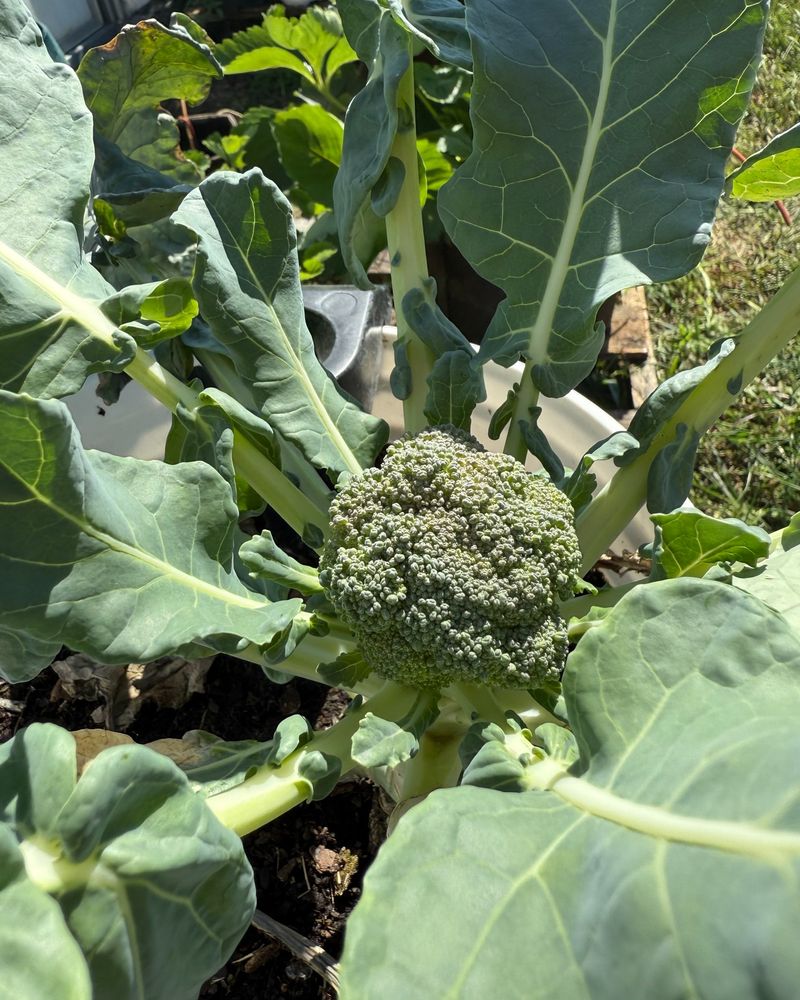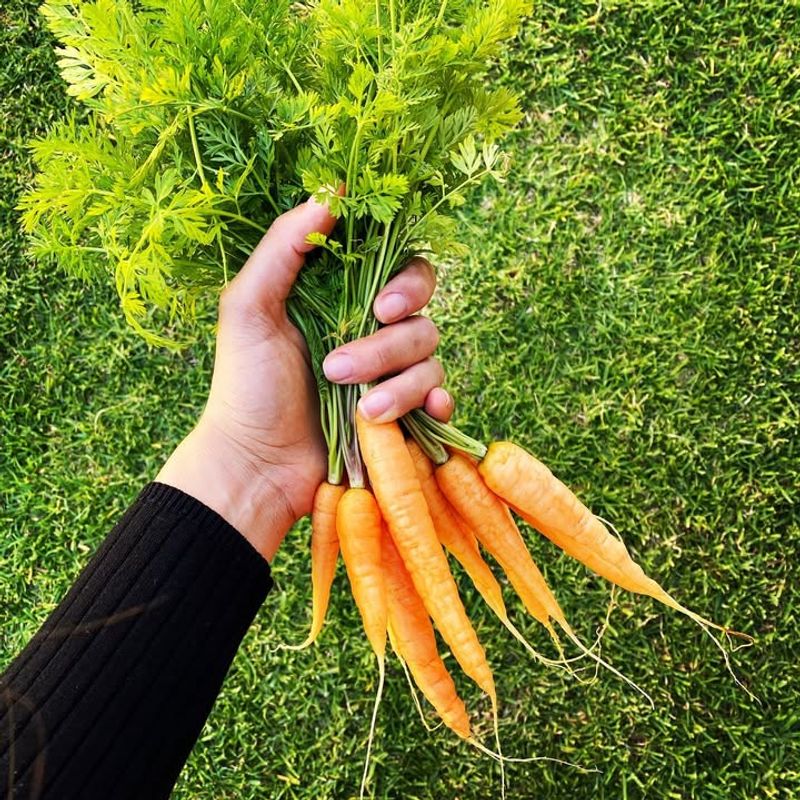November brings a welcome cool-down to Florida, but it can catch even seasoned gardeners off guard. Sudden cold snaps mean your plants need a little extra protection.
Row covers are an easy, effective way to shield tender crops from chilly nights. They help trap warmth and extend your growing season without much fuss.
With the right veggies and a bit of care, your garden doesn’t have to slow down. You can keep harvesting fresh, homegrown food well into the fall.
1. Leafy Lettuce Varieties
Crisp, fresh salads straight from your backyard are totally possible in November. Lettuce thrives in cooler weather and actually tastes sweeter when temperatures drop a bit. Row covers keep frost away while letting sunlight and water reach your plants.
Plant seeds about two weeks before November starts for best results. Space them six inches apart in well-drained soil. Your lettuce will be ready to harvest in just four to six weeks after planting.
2. Crunchy Snap Peas
Sweet and satisfying, snap peas love the mild Florida winters. Row covers give these climbing plants extra warmth during chilly November nights. They grow quickly and produce pods you can eat whole, making them a favorite for snacking.
Install a trellis or fence for the vines to climb on. Water regularly and watch for the first flowers to appear within weeks. Kids especially enjoy picking these treats right off the vine for a healthy snack.
3. Tender Spinach Leaves
Packed with nutrients and incredibly versatile, spinach becomes a garden superstar in November. Row covers shield the delicate leaves from temperature swings that Florida sometimes experiences. Spinach grows low to the ground, making it easy to cover and maintain throughout the season.
Sow seeds directly into moist soil with plenty of organic matter mixed in. Harvest outer leaves first so the plant keeps producing. Fresh spinach tastes nothing like the frozen stuff from stores.
4. Colorful Swiss Chard
Bright stems in red, yellow, and orange make Swiss chard both beautiful and delicious. This hardy vegetable handles Florida’s November weather like a champion, especially with row cover protection. Chard keeps producing leaves for months once it gets established in your garden.
Plant seedlings eight inches apart for plenty of growing room. The colorful stalks add visual interest to garden beds while providing nutritious greens. Both leaves and stems are edible and taste slightly earthy.
5. Quick-Growing Radishes
Ready to harvest in less than a month, radishes are perfect for impatient gardeners. Row covers protect these root vegetables from pests while maintaining consistent soil temperatures. Radishes add a peppery crunch to salads and sandwiches that store-bought versions rarely match.
Scatter seeds about an inch apart in loose, rock-free soil. Thin seedlings to three inches apart once they sprout. Pull them up as soon as they reach marble size for the best flavor and texture.
6. Cool-Season Broccoli
Nothing beats homegrown broccoli for flavor and freshness. November planting works wonderfully in Florida when you use row covers to regulate temperature. Broccoli needs consistent conditions to form those tight, green heads everyone loves.
Start with transplants rather than seeds to save time this late in the season. Space plants eighteen inches apart and keep soil consistently moist. Side shoots will continue producing even after you harvest the main head.
7. Sweet Baby Carrots
Homegrown carrots taste remarkably sweeter than anything from the grocery store. Row covers keep soil temperatures stable, which helps carrots develop properly without splitting or forking. Florida’s sandy soil works perfectly for growing straight, beautiful roots when amended with compost.
Sow seeds directly into deep, loose soil free of rocks and clumps. Thin seedlings to two inches apart for proper root development. Baby carrots reach harvestable size in about fifty days.
8. Flavorful Green Onions
Green onions grow so easily that even beginners succeed with them. Row covers provide just enough protection from temperature drops while these alliums develop strong roots. You can harvest them at any stage, from tiny scallions to full-sized bulbs with thick green tops.
Plant sets or transplants about two inches deep and four inches apart. Water regularly but avoid soggy conditions that can cause problems. Snip off what you need and let the rest keep growing for continuous harvests.

